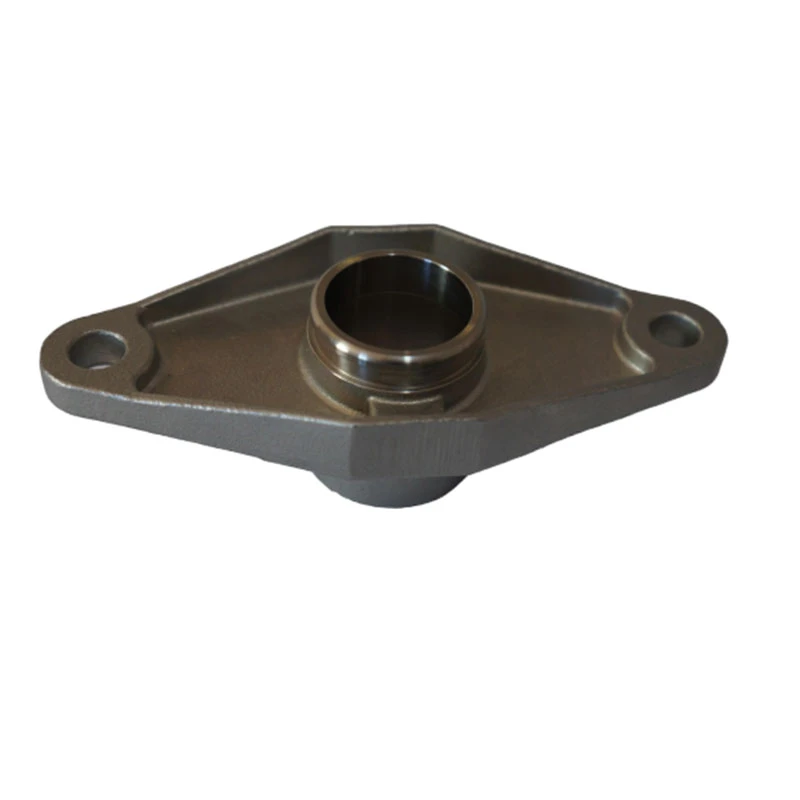hot foil stamping plastic parts
Hot Foil Stamping on Plastic Parts An Overview
In the world of product branding and packaging, aesthetics play a vital role in attracting consumers. One of the most effective methods to enhance the visual appeal of plastic products is through hot foil stamping. This decorative printing technique is renowned for its ability to create striking, metallic visuals that can turn an ordinary plastic item into a luxurious statement piece. In this article, we will explore the process, advantages, and applications of hot foil stamping on plastic parts.
What is Hot Foil Stamping?
Hot foil stamping is a printing technique that involves applying a thin layer of metallic foil to a substrate using heat and pressure. The process typically uses a heated die that transfers the foil onto the surface of the plastic part. The result is a shiny, reflective finish that can replicate the appearance of gold, silver, or other metallic effects. The addition of color variations enables endless customization, making it a popular choice in the manufacturing of packaging, labels, and decorative elements on plastic products.
The Process of Hot Foil Stamping
The hot foil stamping process begins with the design phase. Graphic designers create a digital artwork layout, which includes the desired text, logos, and patterns set against the background color of the plastic. The design is then transferred onto a metal die, which will be used for the stamping.
1. Preparation of Materials The plastic parts are first prepared, ensuring a clean surface for optimal adhesion of the foil. Common plastics used include polypropylene, polycarbonate, and acrylic, all of which possess the necessary properties for successful foil bonding.
2. Foil Selection A variety of foils are available, including metallic, holographic, and colored options. The choice of foil can dramatically affect the final look, allowing manufacturers to enhance branding and appeal.
3. Heating the Die The die is heated to a specific temperature, usually between 100-200 degrees Celsius, depending on the plastic material and foil used. This heat is crucial for melting the adhesive on the foil and allowing it to bond with the plastic.
4. Stamping Process Once the die reaches the desired temperature, the plastic part is positioned beneath it and pressed against the die. The combination of heat and pressure causes the foil to adhere to the plastic surface precisely where the design is etched into the die.
5. Cooling and Finishing After the stamping process, the die is removed, and the plastic part is allowed to cool. Any excess foil is cleaned off, leaving behind a vibrant, eye-catching design.
Advantages of Hot Foil Stamping
hot foil stamping plastic parts

Hot foil stamping offers several benefits over traditional printing methods, making it an attractive option for manufacturers.
- High Aesthetic Appeal The shiny, metallic finish provides an elegant look that can enhance product perception and brand value. It stands out on shelves and draws consumer attention. - Durability Foil stamping is highly durable and resistant to fading, scratching, and other wear factors. This durability is particularly beneficial for products that are handled frequently or exposed to environmental elements.
- Versatility This technique can be applied to various plastic types and product forms, making it suitable for a wide range of applications—from packaging boxes to promotional items
.- Eco-Friendly Options With advancements in technology, there are now eco-friendly foils available that minimize environmental impact, appealing to brands focused on sustainability.
Applications
Hot foil stamping is widely used across various industries, including
- Consumer Products Packaging for cosmetics, food, and beverage products often features foil stamping to enhance branding and shelf presence.
- Promotional Materials Business cards, invitations, and marketing collateral utilize foil stamping to create luxurious impressions that leave a lasting impact.
- Electronics Many electronic device manufacturers use foil stamping for branding on plastic housings and controls to add a premium look.
Conclusion
In conclusion, hot foil stamping is a powerful technique that offers both aesthetic and functional benefits for plastic parts. With its ability to transform ordinary items into visually appealing products, it remains a beloved choice among manufacturers aiming to elevate their branding efforts. As industries continue to innovate, the potential applications of hot foil stamping on plastics will only expand, promising to captivate consumers for years to come.
-
Crawler Drilling Rig - Baoding Hairun|Confined Space Drilling&Mine SafetyNewsAug.15,2025
-
Drill For Confined Spaces-Crawler Mounted Drill Rig | Crawler Drill Rig for SaleNewsAug.15,2025
-
Premium OEM Auto Parts & Stamping - Reliable ManufacturersNewsAug.15,2025
-
Crawler Drilling Rig for Confined Spaces-Baoding Hairun MachineryNewsAug.15,2025
-
Drill For Confined Spaces - Baoding Hairun Machinery And Equipment Trading Co., Ltd.NewsAug.15,2025
-
Advanced Crawler Drilling Rig - Baoding Hairun Machinery | Underground Mining SolutionsNewsAug.14,2025















